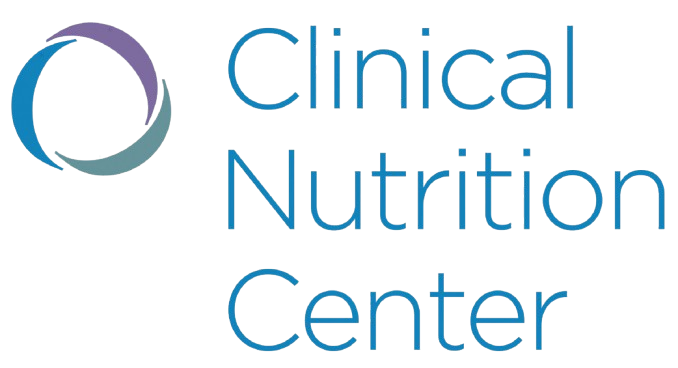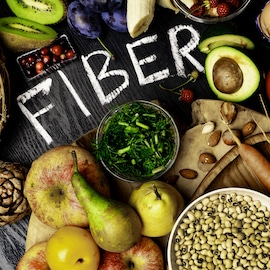
Quick Guide to Reading Food Labels
Learning to read nutrition labels can help you meet your weight loss goals when you decide to take charge of your diet and health. The nutrition facts panel on packaged food contains a lot of information that can seem difficult to understand, but the Food and Drug Administration (FDA) requires labels to be standardized so they’re easier to read. Here are the basics about reading labels.
Learning to read nutrition labels can help you meet your weight loss goals when you decide to take charge of your diet and health. The nutrition facts panel on packaged food contains a lot of information that can seem difficult to understand, but the Food and Drug Administration (FDA) requires labels to be standardized so they’re easier to read. Here are the basics about reading labels.
Check the Calories
The first way the nutrition label can help you is centered on weight loss. Check the calorie content of the food or beverage to make it easier for you to stay under your daily calorie goals. Since the nutrition label displays calories and other nutrients per serving, make sure you also look at the serving size. If you’re eating two or three servings at a time, you’ll need to multiply the number of calories per serving by two or three to find out how many calories you’re consuming.
Nutrients on the Label
The FDA requires that food labels list the content of specific nutrients. The nutrition label must list calorie-providing nutrients, which include protein, carbohydrates, and fat. It also lists quantities of nutrients that Americans should limit:
- Cholesterol
- Saturated fat
- Sodium
- Sugars
In addition, nutrition facts panels list quantities of nutrients that may be too low in your diet:
- Calcium
- Dietary fiber
- Vitamin C
- Vitamin A
- Iron
Other nutrients, such as the B vitamins and potassium, are optional. When you check the nutrient content, remember to check the serving size and how many servings of the food or beverage you’ll be eating.
What Is the Percent Daily Value?
For many nutrients listed on the food label, you will see a percent daily value. The percent daily value is based on a 2,000-calorie diet. This may not be appropriate for many people so it is important to know how many calories you are consuming and adjust the nutrient information accordingly. The goal for a healthy diet is to consume at least 100 percent of the daily value of key nutrients per day. You also want to stay under 100 percent of the daily value for the unhealthy nutrients, such as cholesterol, saturated fat, and sodium.
The nutrition facts panel does not list a percent daily value for the following nutrients.
- Protein
- Trans fat
- Sugars
The nutrition facts panel is a great tool for helping you control your weight and get healthier. With these tips and a bit of practice, you can become an expert at reading labels and making the right food choices. As part of your medical weight loss program, Dr. Ethan Lazarus and his team of nutrition professionals will work with you to develop healthy eating goals and show you how the nutrition label can help you achieve them.




